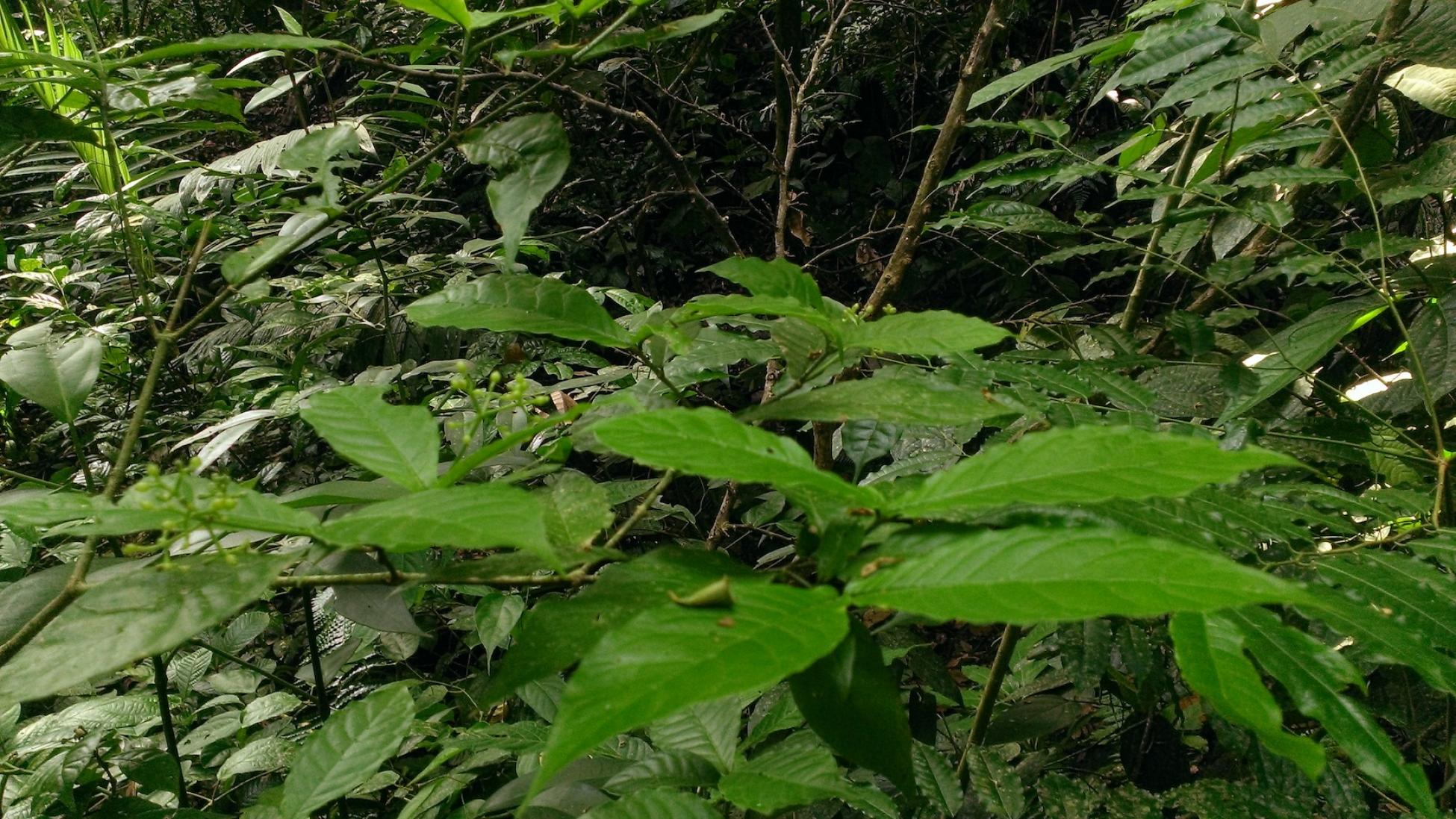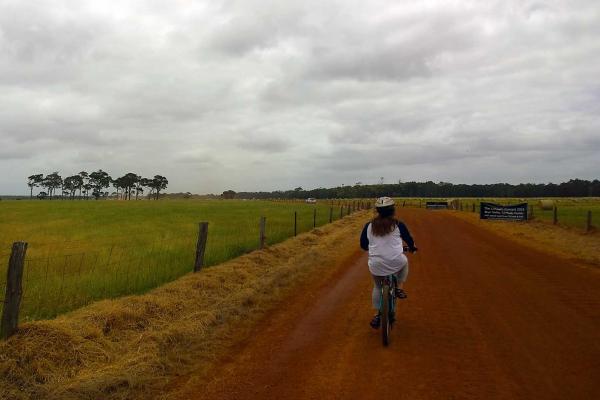Humans are very good at recognizing plants. Somewhere in our forgotten history, it was a matter of life and death whether or not we could remember which plant had provided nourishment and which one had poisoned a friend. It takes some time to gain confidence, but learning to identify plants offers a sense of accomplishment in a primitive manner.
Before my first day working on the project on Barro Colorado Island—where I roam the trails with team members and pluck insects off particular plants—I had access to lists of the scientific names and some field guides depicting the plants of interest; Psychotria limonensis, Psychotria horizontalis, Psychotria marginata, Eugenia oesterdiana, etc. It all looked a jumble onscreen and nothing stuck. Fortunately, I learn better in the field.
That first day was probably the one when I learned the most, in terms of forming my identification skills. A team member who had already been working on the project for three months was instrumental in sharing the tips and insider information of telling details with me.
From my limited experience with plants (which mostly stems from taking laps around my grandfather’s robust everything-and-anything-that-would-grow garden) I knew about variation in the fruit and the leaves of a plant. A developed fruit can be telling, but in the forest those fruits are soon eaten and, therefore, not a reliable identifier. Leaves can be simple or compound, arranged in an opposite or alternate pattern on the branch or the rachis. Leaves are typically the primary way to identify plants. Besides these basics, stipules, nodes and other growths, like terminal buds, can help to distinguish one species from another.
Helpful books with the intent of helping you identify plants are available and the ideal one for BCI is the Trees of Panama and Costa Rica Princeton Field Guide. Studying the book is a helpful review and highlights subtle details. (Admittedly, looking at a picture of the plant is not as helpful or telling as seeing the plant in front of you. Sometimes the texture of the leaf, or the smell or taste of a crushed leaf can be telling.)
However many plants I learn, I have to keep in mind that I do not know most of the plants on BCI or in the rest of the world. A particular plant may look like one I know, but it is important to realize when the plant is beyond the scope of the project. Of course, this does not mean that I cannot learn the new plant.
Each plant in our project has a six-letter code, usually made from the first four letters of the family name and the first two letters of the species name. Here are two examples of the type of plants that I’ve encountered.
The first specimen I would like to present to you is PSYCHO.
Psychotria horizontalis
Family: Rubiaceae
Common Name (according to Princeton Field Guide, Trees of Panama and Costa Rica): Cafecillo
Frequency (how commonly plant is found in 50-hectare plot, relatively): 11th
Notable Features: All Psychotria have opposite simple leaves. The leaves of horizontalis are medium-sized leaves and have clear domatia (openings in the leaf that can house insects) on the underside. The domatia are often triangular. This triangle is visible from the top of the leaf as well. Leaves tend to lay in a horizontal plane, which may help you remember the name, but this is also true in other species of Psychotria.
An especially attractive tree and the favourite of a coworker is TACHVE.
Tachigali versicolor
Family: Fabaceae--Mimosoideae
Common Name: Suicide tree—TACHVE only reproduces once in its lifetime. It drops all of its seeds and then dies to shed light on and make room for the saplings.
Frequency: 16th
Notable Features: Tachigali versicolor has compound alternate leaves with odd-pinnate leaflets, which means that there is an odd number of leaflets on the leaf rachis. The leaves tend to angle upward and they tend to jut from the tree in groupings. This makes the leaves look like spokes of a wheel. Among all other plants on BCI, versicolor has an especially unique trunk. The trunk looks like many skinnier trunks fused together because of its pockmarks.
Add this article to your reading list




